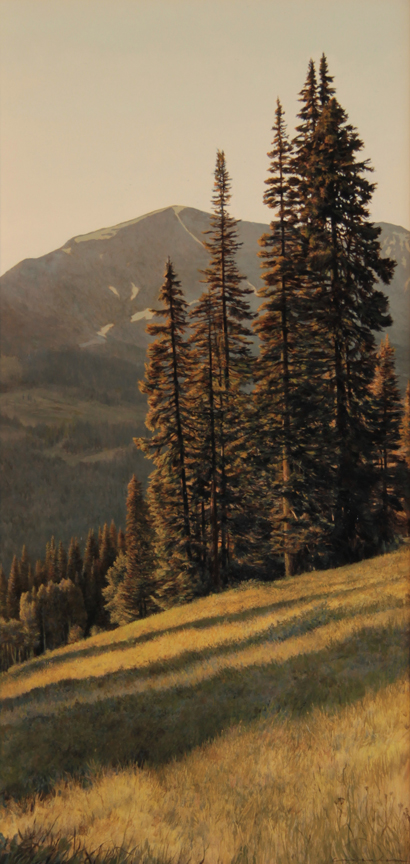The single most important thing that makes my paintings illuminate themselves is the surface preparation. It has to be smooth. The first thing you notice about my glaze method paintings is that the color is vibrant and glowing. The effect of having light pass through glass. That is the basic concept. What is only slightly difference is that my paintings have many micro thin layers of "glass" or glaze. It's in the form of tinted clear media dried in a significant layer over a base color. I begin my development in the warm peach tones.
Progression of steps of glazing








